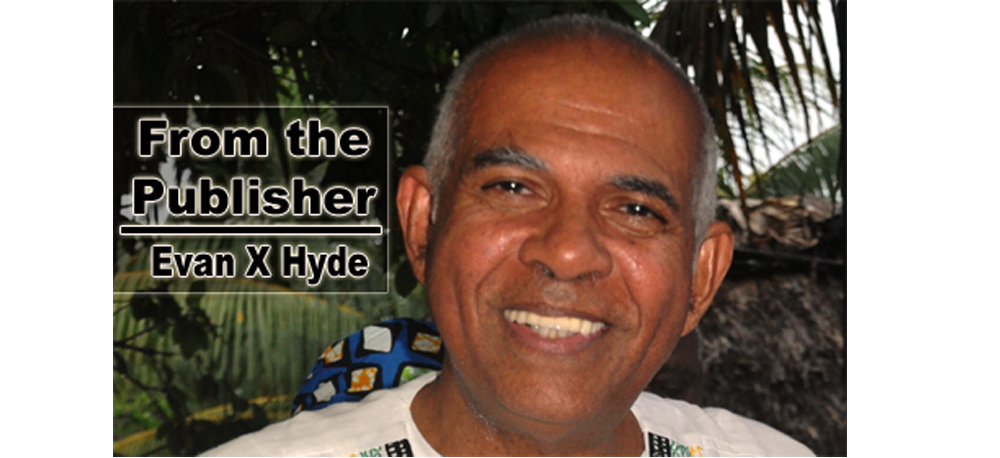Before Pope John XXIII in the late 50s and early 60s (1958-1963), the Roman Catholic Church was a very strict and monolithic institution. Pope John XXIII called the Second Vatican Council in 1959, and it lasted beyond his death, into the papacy of Paul VI. The Second Vatican Council opened up the Church to new, liberal concepts, such as the introduction of English and other non-Latin languages into the liturgy, music in the churches, and so on.
The Americans murdered their first Roman Catholic president, John Fitzgerald Kennedy, in November of 1963. Kennedy had narrowly defeated the Republican Richard Nixon in November of 1960 to claim the presidency. One of the arguments of Kennedy’s opponents had been that a Catholic president would be subject to the dictates of the Pope, whom Catholics considered “infallible.”
Joe Biden is the second Catholic president of the United States, and it is almost contradictory that he should be fighting against the opponents of abortion, it being the case that Roman Catholicism is heavily opposed to abortion, and birth control.
A few weeks ago, Sean Taegar brought four books to me from his late father’s library. One of these books is titled THE WEST ON TRIAL, by Cheddi Jagan, the first Prime Minister of British Guiana (now independent Guyana), who headed a roots government elected in 1953 which the British government sent warships to force out of office after just 133 days. (Forbes Burnham, incidentally, was a member of that Jagan government.)
British Guiana and British Honduras were the only two British colonies on the South and Central America mainlands, respectively. The British Guiana economy was dominated by the sugar industry, controlled by Booker Bros., McConnell & Co. Ltd., a giant firm which would have been the British Guiana equivalent of Belize’s present ASR/BSI.
I found the following paragraph from pg. 117 of Jagan’s book (published in 2004 by Harpy) highly interesting. Jagan wrote: “The churches, too, played a big role in their opposition to us. In our colonial society, the hierarchy of the Anglican Church was closely identified with the ruling class; the planters and their supporters and high Anglicanism were inseparable, with a deep commitment to the preservation of the status quo. A similar role was played by the powerful Roman Catholic Church, controlled by the small but wealthy Portuguese group who, next to the ruling British-European group, dominated the social and economic life of the country. Its reactionary influence was demonstrated when the Sword of the Spirit, its political arm in its representations before the Waddington Constitution Commission, opposed universal adult suffrage.”
In 1954, the year after the British forced Jagan out of office, accusing his government of communism, amongst other charges, British Honduras held its first national election under universal adult suffrage. One of the prominent anti-colonial People’s United Party (PUP) candidates, Philip Goldson, who had converted to Roman Catholicism, married Hadie Jones on election day, April 28, 1954. (Mr. Goldson died in 2001; I believe Mrs. Goldson is still alive. I think the late Leigh Richardson, who led the PUP from 1954 to 1956, also converted to Roman Catholicism.)
Now, why would you convert to Catholicism in a British colony which was dominated by their Anglican Church? Well, in the first half of the twentieth century, there had been a great surge in Roman Catholicism in the colony. This was a result of the huge influx of Catholic refugees from the Caste War in the Yucatan in the last half of the nineteenth century. It was also a result of active Catholic courtship of Belize’s Garifuna population, a serious Catholic commitment to primary and secondary education, and the energies applied by the Jesuits here, not only in sports such as boxing and basketball, but also to credit unions and cooperatives.
Cedric Grant, in his very important work, THE MAKING OF MODERN BELIZE, quoted the British Governor, Sir Alan Burns, as follows: “Writing about his experience in Belize in the early 1930s, Governor Burns observed: ‘In no colony that I have served in has religious feeling run so high as in British Honduras, and that I attribute very largely to the fact that denominational adherence followed very closely on the lines of racial cleavages. Generally speaking, the Mayas, Caribs, Mexicans and Guatemalans were Roman Catholics, and most of them spoke Spanish, while the priests were American Jesuits; the British and the Negro Creoles were Protestants, and spoke English.’”
Well, Mr. Goldson joined forces with the pro-British National Party in 1958, after falling out with the PUP, 1958 being the same year, it appears to me, that one of the early leaders of the said National Party, which favored the Anglican Church, Sir W. H. Courtenay, moved from the NP to the mostly Catholic PUP, where the Courtenay family remains to the present day.
And, it was a Belizean Anglican priest, Brooklyn-based, Rev. Gerald Fairweather, who came to Belize in 1973 and organized the United Democratic Party (UDP), the UDP being the party which essentially moved Mr. Goldson from leadership of the Opposition.
Today, there has been a significant rise in Evangelical religions, especially amongst the Mayas, so the Governor Burns quote and the Goldson/Richardson conversions to Catholicism, seem almost quaint in today’s political context.
Mine is merely a newspaper column. The intellectual life of Belize, vibrant in the 1960s when I was a youth, has faded almost into nothingness. I write these essays always hoping to spark some discussion on aspects of our history about which our younger generations seem disinterested and mostly ignorant.

